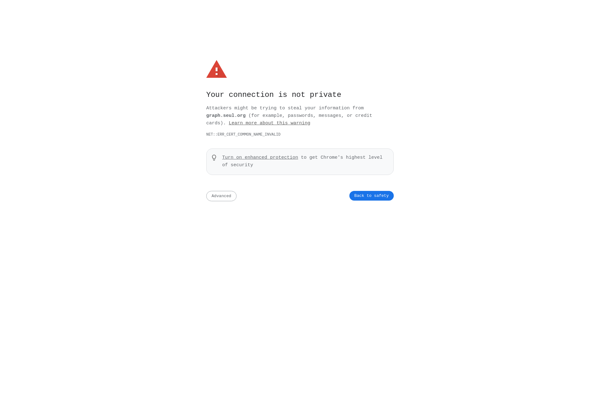JFLAP

JFLAP: Open-Source Formal Language Tool
Experiment with regular languages, context-free languages, pushdown automata, Turing machines and more with JFLAP, a free and open-source software for visualizing formal language concepts.
What is JFLAP?
JFLAP (Java Formal Languages and Automata Package) is a free, open-source visual tool and tutorial system for learning and experimenting with concepts in formal languages and automata theory. It allows users to visually create, run, and test systems like finite state automata, pushdown automata, regular expressions, grammars, Turing machines, and more.
Some key features of JFLAP include:
- Interactive GUI for constructing automata and converting between different representations like NFAs, DFAs, regular expressions, etc.
- Tools for stepping through executions and simulations of automata on input strings
- Counterexample generation when incorrect constructions are made
- Algorithms for minimization, conversion, and more
- Extensive tutorial and help content integrated directly into the tool
- Exporting constructions as images, LaTeX, and XML
JFLAP is implemented in Java and runs on Windows, Mac, and Linux systems. It has been under continual development at Duke University since 1996 and is commonly used in university courses on theory of computation. The interactive features make experimenting with challenging concepts from formal language theory more accessible.
JFLAP Features
Features
- Visual creation and simulation of automata
- Algorithm visualization and step-by-step execution
- Built-in examples and exercises
- Support for regular languages, context-free grammars, pushdown automata, Turing machines
- Graph and tree structure editors
Pricing
- Open Source
Pros
Cons
Official Links
Reviews & Ratings
Login to ReviewThe Best JFLAP Alternatives
Top Education & Reference and Computer Science and other similar apps like JFLAP
Here are some alternatives to JFLAP:
Suggest an alternative ❐DFA Tester

SocNetV

Graphynx
GraphThing
